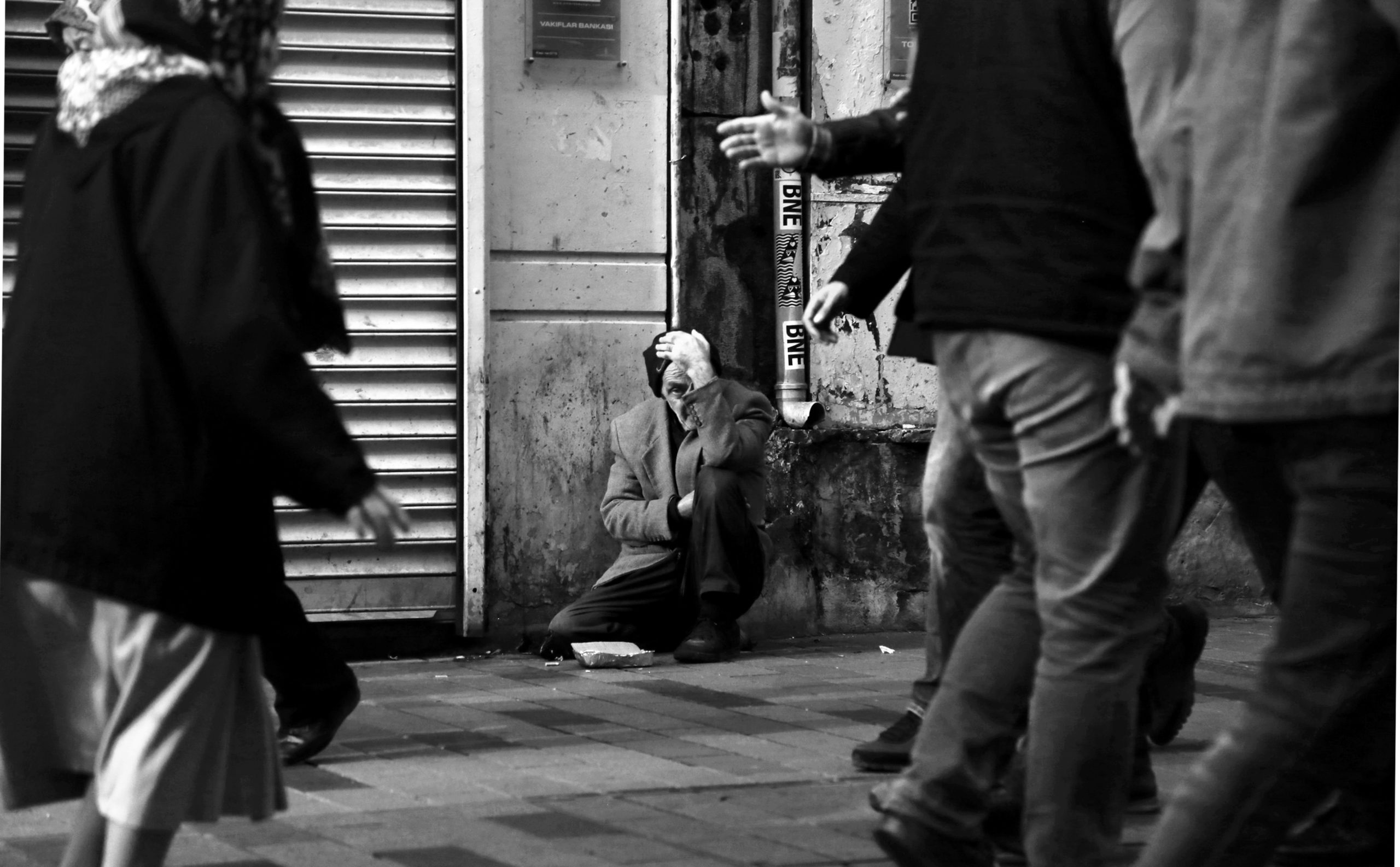While this article focuses specifically on Seattle, segregation-based housing laws and the resulting homelessness crisis are issues that currently affect every city in America.
Seattle was founded on division and segregation. The Lake Washington Ship Canal, colloquially referred to by many as the new Mason-Dixon line, has remained an almost impenetrable barrier of wealth and racial disparity. For most of Seattle’s history, communities of color have endured limited opportunities, lack of access, and the inability to own property. Yet the system that was designed to keep People of Color oppressed has also created another catastrophic consequence. Seattle’s current homelessness crisis is rooted in our city’s racist past.
This is not simply an affordable housing issue, a mental health crisis, a drug epidemic, or a failure of public policy – it is all of those things converging as a consequence of systemic racism. Claiming that we are now a liberal and open-minded city will not solve this problem. In order for us to help those experiencing homelessness, we must address the issue on three fronts – mitigating the effects of racially segregated zoning laws, curtailing racial wealth disparities, and addressing the lack of funding and support for community programs.
“Zoning Out” People of Color
Despite being one the most diverse cities, Seattle remains one of the most demographically segregated cities in America. “Red-lining” is not simply a blemish on our city’s past – it still defines the current layout of our neighborhoods. During the early 20th century, redlining ensured that wealthy White folks living in “Type A Zones” would not have to witness the effects of poverty or interact with People of Color who were forced into “Type D Zones.” Consequently, almost 100 years later, many of Seattle’s wealthy neighborhoods remain homogenous, exclusive, and often gated.
Affordable Housing Is A Racial Issue
Similarly, areas once deliberately designated as ghettos, remain underserved and are still largely inhabited by People of Color. Subsequently, property ownership and home equity remain a lopsided luxury. In King County, only 28% of Black households own their home with a median net worth of only $23,000, as compared to 64% of White households who own their home and have a median net worth of $450,000. However, the problem goes beyond wealth and home equity. Additional racial barriers linked to zoning laws are further compounding the issue.
While no longer legally upheld, these racial zoning parameters still form our current city council districts, the boundaries of our school zones, as well as determine access to healthcare and basic services. Over a century of marginalization has made it so that these previously designated “Red Zones” now contain the vast majority of King County’s population who are currently experiencing homelessness. A recent King County Report found that People of Color experience homelessness at a significantly disproportionate rate compared to the White population.
The Numbers Tell The Story
Accounting for only 6% of the general population, nearly 32% of all people experiencing homelessness in King County identify as Black or African American. Taking into account the additional Latinx and Indigenous Peoples populations, despite making up a combined 17% of the total population, these three groups alone constitute nearly 60% of the population currently experiencing homeless in King County. Comparatively, White folks make up close to 70% of the total population, yet only account for roughly 40% of the population currently experiencing homelessness.
Consequently, affordable housing is, and has always been, a racial issue. We need to begin treating it as such or those currently living in “desirable locations” (i.e. White folks) will continue to accumulate wealth and property, while those previously pushed into “Red Zones” (i.e. People of Color) will continue to be deprived of basic access and opportunity. With a near $60,000 discrepancy between the median income of White and Black Seattle households, our city continues to get lopsidedly richer. Despite an ongoing tech-boom, an enduring aerospace industry, and countless start-ups, many Seattleites of Color continue to struggle to build and maintain wealth in a system that was built for them to fail.
Cut Off From The Source
The final component of Seattle’s racially disproportionate homeless crisis is our lack of community services and support programs. Despite White Seattle’s liberal and progressive exterior, our city has been notorious for the “Not In My Backyard” (i.e. NIMBY) attitude. Many progressive White folks support halfway houses, treatment facilities, education centers, and affordable housing. Yet once the ballots are cast and the funds are allotted – we repeat the same separation-fueled patterns by making sure that these support programs and the necessary infrastructure (which predominantly serve People of Color) are relegated to parts of the city that we do not live in.
Consequently, the communities that depend on them remain confined within “Red Zones” in order to access these programs. Correspondingly, because these facilities are typically in poverty-stricken neighborhoods, they often remain underfunded and over-burdened.
[Un]natural Consequences
As the number of people experiencing homelessness in King County continues to grow, there is now an overflow into previously segregated and wealthy neighborhoods. Wealthy White Seattleites are finally seeing the visual effects of racially lopsided “zoning-neglect” in their own neighborhoods. What we are witnessing is a breaking point in the artificial buffer that White folks in Seattle have created for ourselves in order to avoid experiencing the real consequences of how our society has been racially divided.
The number of people experiencing homelessness – particularly People of Color – has now hit a crisis level. With nearly 12,000 people experiencing homelessness in King County, local government and city officials are feeling the pressure from wealthy Seattleites to fix the problem and rid their streets of pop-up neighborhoods and tents in their parks. Yet, many of us White folks are still too afraid to look in the mirror and acknowledge that this is simply the natural consequence of our racially divided city finally catching up to us. If we want to address homelessness in Seattle, we first need to address the primary issue of underlying systemic racism.
Sources used:
King County Report: Seattle/King County Point-In-Time Count Of Persons Experiencing Homelessness – 2019 Comprehensive Report Produced by ASR for Seattle/King County Count Us In http://allhomekc.org/wp-content/uploads/2019/07/Updated-7.11-King-County-Report.pdf
Seattle Magazine http://seattlemag.com/article/seattles-ugly-past-segregation-our-neighborhood
The Color of Law: A Forgotten History of How Our Government Segregated America – By Richard Rothstein • 2017
david
Related Posts
- 11 months ago
- 11 months ago
- 1 year ago
- 1 year ago




